GitHub Setup

Setting up Git
In order to set up your repository correctly you will do 2 things. 1.Fork and 2. Clone. This will get the repository to your GitHub account and then put that repository local on your computer. Remember only one person will need to fork the repo then you will share it to the rest of your team. You will go through 
Forking
Go to this website and find the latest repository from the company. Press the ![]() . This will "copy" the repository onto your GitHub account. Remember only one person will need to fork the repo per team!
. This will "copy" the repository onto your GitHub account. Remember only one person will need to fork the repo per team!
Cloning the repository
To clone the repository, first find it on your GitHub profile. You have 2 options on what to do you can do it through android studio or through GitHub. Everyone on a team will need to do this!!
Android Studio: Tap ![]() , then
, then ![]() ,
, ![]() . Go back to your repository and copy the url, paste it into the box and make sure the destination is desktop. You might need to have an access token to do this.
. Go back to your repository and copy the url, paste it into the box and make sure the destination is desktop. You might need to have an access token to do this.
GitHub: Navigate to the repository you want to clone. Tap 

![]() then
then ![]() and select the path where the folder is (desktop).
and select the path where the folder is (desktop).
GitHub basics
GitHub is organized in a few sections. One, the code section, this is where your code and files are stored. Your repositories, where all of your code is stored and your profile, where all of your repositories are stored.
Commits
Committing is an essential part in every part of coding while connected to GitHub, it makes sure you have the latest edited version of your code local on your computer, we got the code local to the computer in cloning. In a GitHub file it is a green rectangular button at the bottom of the file that says commit changes, 
![]() You are also allowed to commit and push, to be explained later in push. You will also need a commit message to be able to push the commit.
You are also allowed to commit and push, to be explained later in push. You will also need a commit message to be able to push the commit.
Push
What is a push?
A push will essentially do exactly as it says, push the code to GitHub. This makes sure that you not only have the latest version of code locally, but also sent to GitHub through the cloud. This is essential for working on code together as a team and collaborating. The push button is the arrow next to the commit button, it will be pointing out, where you want the code to go.
 Commit and push does both at the same time to simplify the process. Also see pull/merge
Commit and push does both at the same time to simplify the process. Also see pull/merge
Pull/merge
What is a pull?
A pull is the exact opposite of a push. It will take the current version of the code directly from GitHub and sync it locally to your device/coding app. This is also essential as it allows you to get the teams latest version of code. This is helpful when multiple people are working on code all at once. If you are pushing sometimes it will ask you to merge your current code, this means you don't have the latest version, not to worry though as if you say yes GitHub will automatically merge and add your code to the latest code. The pull button is an arrow pointing in, or towards your computer.

Managing your server
Managing a server is really not that hard if you do it correctly from the start. There is a settings 
Personal Access Token
In GitHub, tap on your profile ( top right corner ), then:






( Select all, it will work better that way )